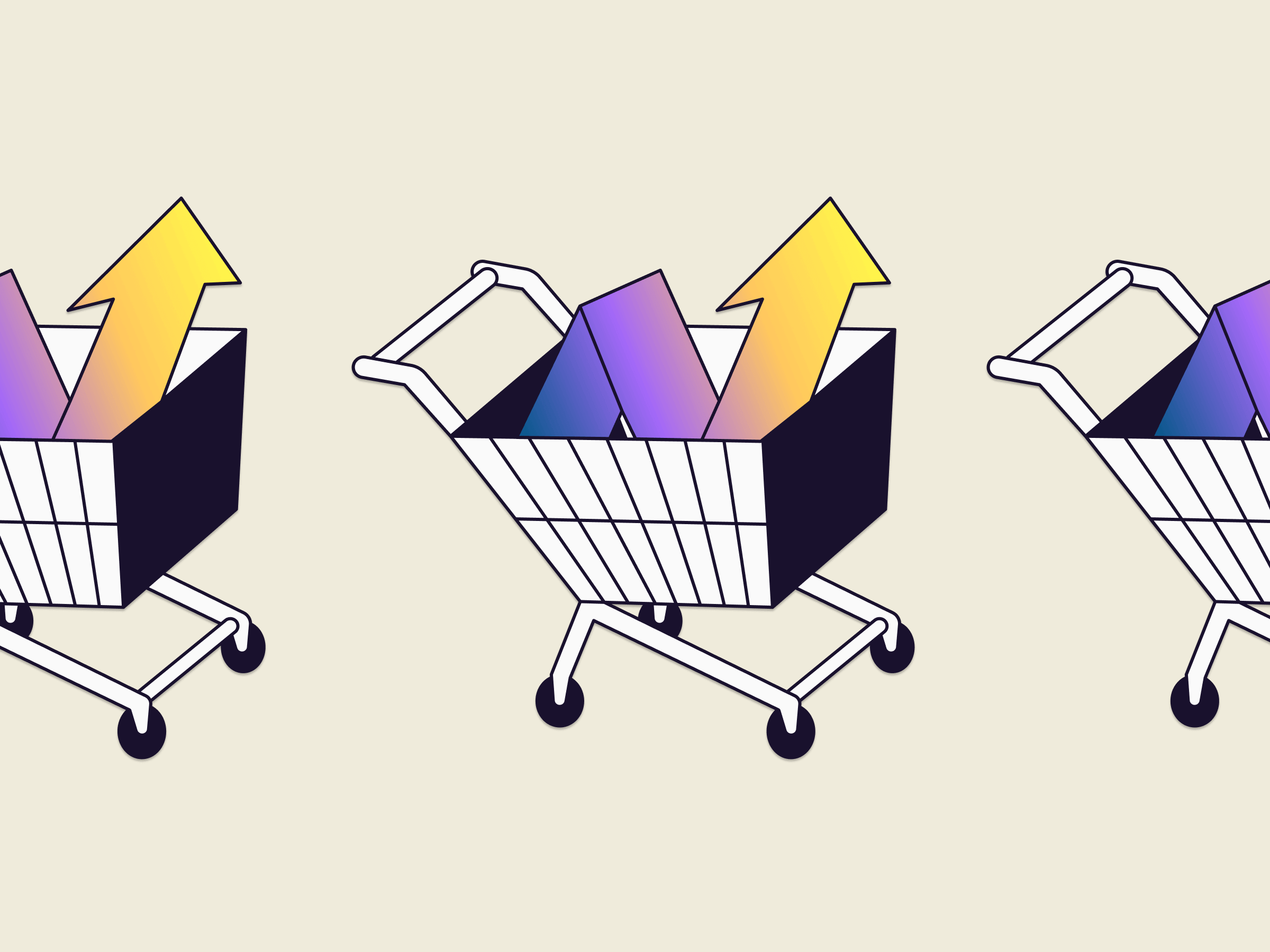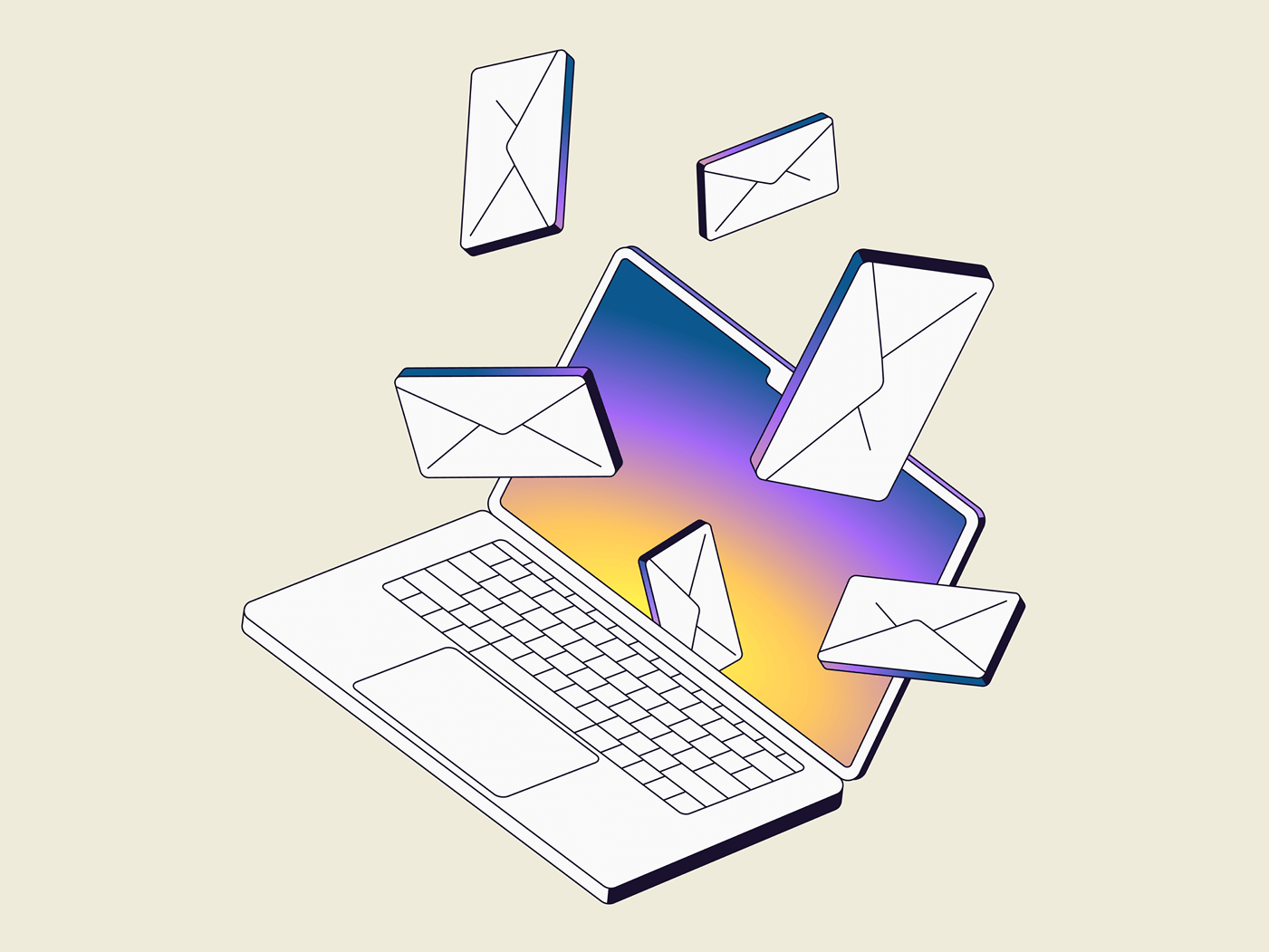If you’re still blasting the same email to every subscriber, you’re leaving money on the table.
Today’s customers expect more than a generic “Hey, [First Name].” They want communication that actually speaks to their needs and interests. That’s where micro‑segmentation comes in. Done well, it can dramatically improve retention, build loyalty, and increase lifetime value.
In this post, we’ll explain micro‑segmentation, why it’s so effective for ecommerce brands, and how to use it in email and SMS marketing to build stronger customer connections.
As a customer retention marketing agency, we’ve seen firsthand how micro‑segmentation transforms customer relationships and drives repeat revenue.
What Is Micro‑Segmentation?
Micro‑segmentation divides your subscriber list into smaller, highly targeted groups based on detailed behaviors, preferences, and buying history.
Traditional segmentation often relies on broad metrics like open rates. Micro‑segmentation goes deeper. It uses rich data—purchase history, lifecycle stage, and zero‑party data—to deliver relevant messages.
This is similar in principle to network microsegmentation in cybersecurity, which creates smaller, controlled zones for better security. In marketing, those “zones” are your customer segments, each with their own tailored messaging.
Why It Matters for Retention Marketing
Here’s why micro‑segmentation is a game‑changer for ecommerce brands:
- Higher engagement: Customers are far more likely to click when the message is genuinely relevant to them.
- More conversions: Personalized recommendations lead to better traffic quality and higher conversion rates.
- Perfect timing: Reaching the right people at the right moment helps reduce churn.
- Efficient campaigns: Targeted segments mean you can do more with fewer sends.
- Loyalty and trust: Consistently relevant content builds a deeper, long‑term relationship with your customers.
In the same way, micro segmentation zero trust policies ensure security by giving users access only to what they need, your marketing should only send customers what’s truly relevant to them.
The Data That Fuels It
The power of your segments depends on the quality of your data. Here’s what to track:
- Engagement metrics: Which pages are customers visiting? What products are they viewing or adding to their carts?
- Buying habits: How often do they purchase? Are there patterns in what they buy?
- Lifecycle status: Are they brand‑new, highly loyal, or slipping away?
- Zero‑party data: Insights collected directly from customers through quizzes, surveys, and preference forms.
Choosing the right microsegmentation solutions—whether within your email platform or as an add‑on—can help you capture, organize, and act on this data in real time.
High‑Impact Segments to Try
These are some of the most effective segments we’ve used with clients at Stimulate:
- VIP customers: Reward your best spenders with exclusives, early product access, or loyalty perks.
- One‑time buyers: Encourage repeat purchases with personalized offers or product bundles.
- Intent‑based segments: Target shoppers who browse or add to cart but don’t check out.
- At‑risk customers: Win them back with relevant offers, new arrivals, or limited‑time discounts.
- Zero‑party data segments: Send content tailored to their stated preferences.
- Site behavior segments: For example, follow up with skincare tips for those who purchased anti‑aging products.
- Subscription and loyalty members: Keep them engaged with early access, subscriber‑only content, and personalized check‑ins.
If you’re exploring technology partners, compare microsegmentation vendors to find one that aligns with your customer data strategy and integrates seamlessly with your existing tools.
Building Segments in Your Email & SMS Platform
In platforms like Klaviyo, you can:
- Layer multiple conditions to pinpoint exactly who you want to reach.
- Trigger automated flows based on purchase behavior, browsing history, or engagement.
- Continuously test and refine segments for better results over time.
Many microsegmentation solutions now offer machine‑learning features that can suggest high‑value segments you may have overlooked.
Real‑World Wins
Here’s what micro‑segmentation has done for our clients:
- Brand A (Skincare): Created personalized skincare routines based on past purchases, boosting conversions by 30%.
- Brand B (Fashion): Re‑engaged nearly lapsed customers with tailored win‑back campaigns, increasing reactivation by 45%.
This mirrors how network microsegmentation in IT yields stronger control and efficiency—only here, the results show up in loyalty, conversions, and retention.
The Takeaway
Micro‑segmentation isn’t complicated—it’s just smart marketing. Start with a few high‑impact segments, track what works, and fine‑tune your approach.
The more relevant your communication, the stronger your customer relationships and bottom line will be. Whether you’re thinking about micro-segmentation, zero trust in cybersecurity, or micro‑segmentation strategies in marketing, the principle is the same: divide with purpose, deliver with precision.
Want to see what micro‑segmentation can do for your brand?
Schedule a free email marketing audit with Stimulate and start turning your list into a profit‑generating machine.

.webp)
.webp)
.webp)
.webp)
.webp)
.webp)
.webp)
.webp)
.webp)
.webp)
.webp)
.webp)
.webp)
.webp)
.webp)








